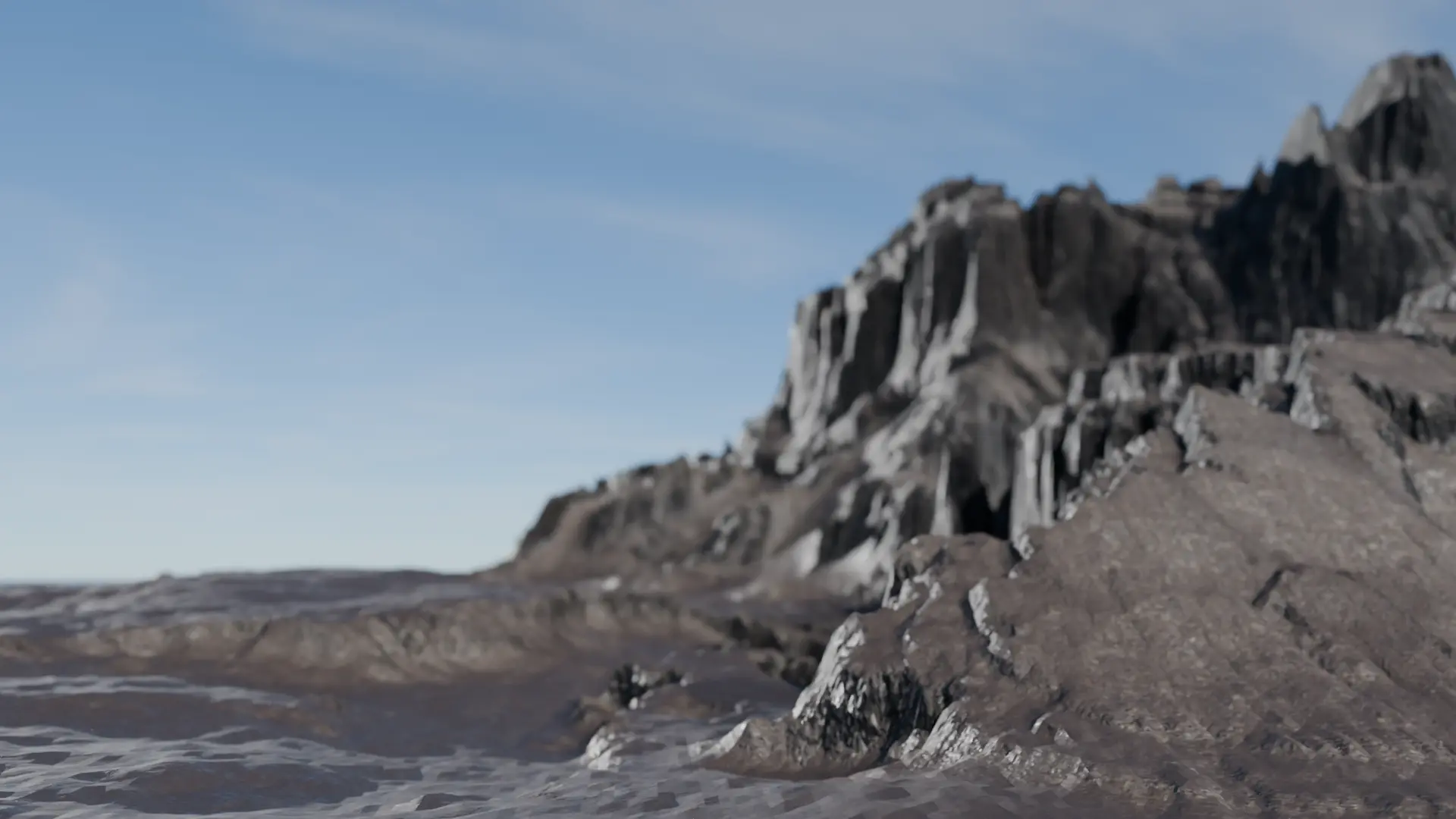Guide
noie stack
Standard Operating Procedure (SOP) for Noise Stack Operations in Terraform Add-on
1. Introduction
This document outlines the procedures and key aspects of working with the Noise Stack in the Terraform add-on. The Noise Stack is a crucial component for terrain manipulation, allowing for non-destructive editing and flexibility in terrain creation.
2. Layer Management
Ghost Icons:
Located in the stack window, these icons are used to hide or unhide layers.
Hiding layers allows users to preview changes without permanently altering the mesh.
3. Non-Destructive Workflow
Terraform is designed to be non-destructive:
All operations on the layers, such as adding, editing, or deleting, are reversible.
A buffer memory tracks all changes from the start, ensuring that no operation is permanent.
Users can modify parameters without reaching a "point of no return."
4. Noise Modifiers
Global Application:
Noise Modifiers affect the entire Noise Stack rather than individual layers.
These modifiers process the terrain after the noise layers are composited, offering basic yet useful functions.
Types of Noise Modifiers:
Warping: Includes domain warping, turbulence warping, and swirl warping, each utilizing different algorithms for coordinate warping.
Filter Warp:
Displaces vertices using common image editing filters (e.g., Gaussian blur).
Treats the terrain as a height map image and applies convolution-based filters.
5. Compositing and Stamping
Stamp Functionality:
Stamps are designed with borders that lower to zero, enabling seamless blending into existing terrains.
This is intentional to prevent visible seams at the edges of the terrain grid.
Multiplication Operation:
Currently, noise layers are composited using multiplication.
Any area with a zero value will remain zero, even if other noise layers exist beneath it.
Future updates may include options for different compositing methods (e.g., addition, screen).
6. Conclusion
The Noise Stack provides extensive control over terrain manipulation with a focus on non-destructive editing.
Users should be aware of the current limitations of the multiplication operation in compositing noise layers.
Further tutorials and updates will cover additional features, such as the modifier stack.
